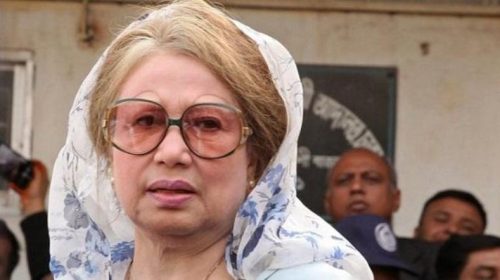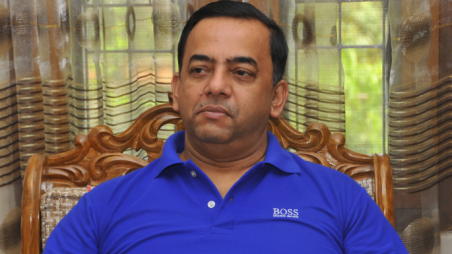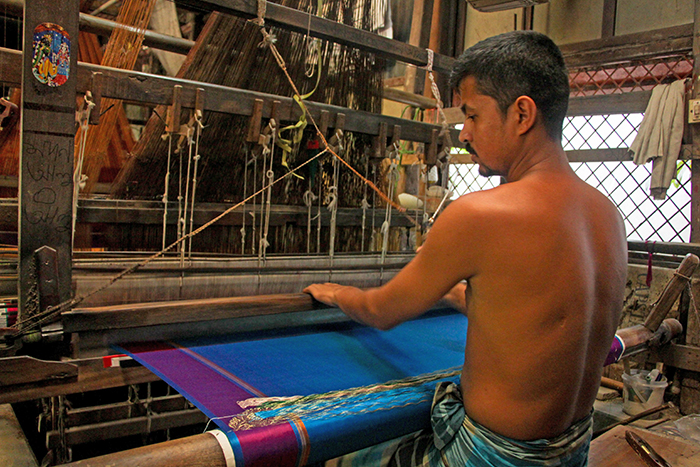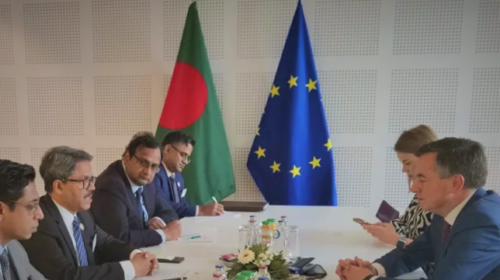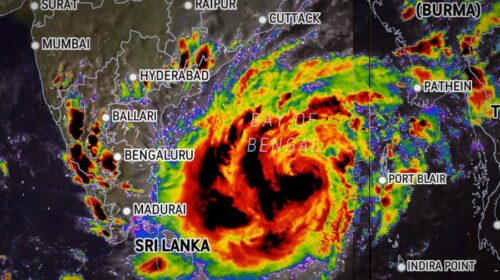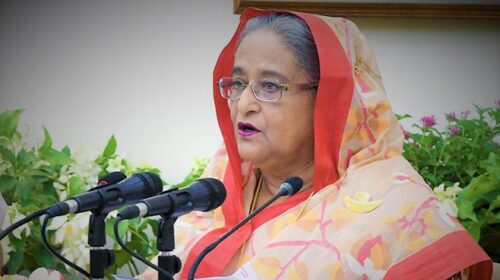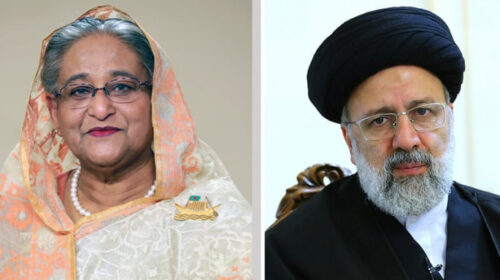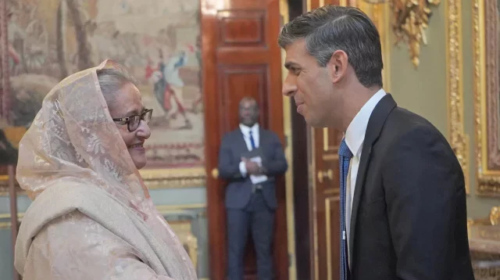Tangail sari has been a traditional iconic product of Bangladesh for a very long time. But, India, the first neighbor of the country, has claimed that Tangail sari originates in the Indian state of West Bengal, not in Bangladesh, creating quite a stir among the citizens. On January 2, Indian Ministries of Commerce and Industries recognized the Tangail saree as geographical indication (GI) product. GI tagged products get prominence in the international market. Therefore, countries want to get their products GI-certified. However, things get complicated when more than one country claim the same products as their own. This has exactly happened in case of Tangail saree.
“The Tangail saree, originating from West Bengal, is a traditional handwoven masterpiece. Renowned for its fine texture, vibrant colors, and intricate Jamdani motifs, it epitomizes the region’s rich cultural heritage,” said a post on the verified Facebook page of the Indian Ministry of Culture on Thursday.
“Each Tangail saree is a testament to skilled craftsmanship, seamlessly weaving together tradition and elegance,” it added.
Bangladeshis researchers are, however, not in agreement with the Indian claim. Tangail saree is indeed a product of Bangladesh, they say, pointing out that it is reflected in the name of product. History is also on Bangladesh’s side.
Cultural history of a place is created based on the geographical location. The history of Tangail saree is exactly that. Owing to the tropical climate, men from Tangail wear lungi (a loincloth) and gamchha (a hand-woven thin towel) while women wear saree which is known as Tangail saree. The making of the saree dates back to the day when Tangail came into being. The name of the saree declares its origin,” argued Dhaka University History Professor Dr Asfaque Hossain.
Bangladesh enacted Geographical Indicative Products (Registration and Protection) Act in 2013. After the formulation of the rules, Department of Patents, Designs and Trademarks (DPDT) called for registering products. DPDT recognizes and certifies products in line with the rules of WIPO — World Intellectual Property Organization.
“GI products lead in the international market. The price of a GI products is sometimes 20 percent higher than ordinary products. Businesspersons say that the export of products after GI certification has increased significantly,” DPDT Deputy Director Belal Hossain told .
About India’s GI recognition of Tangail saree, he said, “We have not yet recognized it as a GI product. We will have to understand why India has enlisted it as a GI product. We will have to find out if there is any place in India called Tangail or there are any other reasons.”
Jamdani saree is the first Bangladeshi product to get GI certification followed by hilsha fish, khirshapati mango of Chapainababganj, muslin, bagda prawn, kalijira rice, white clay of Bijoypur, Rajshahi silk, shataranji of Rangpur, katarivog rice of Dinajpur and fajli mango from Rajshahi and Chapainababganj. A total of 21 products got GI certificantion in last eight years.
According to the definition provided by the International Property Rights Organization, GI refers to a product that reflects specific geographical location, name or symbol. That particular product must have different quality and fame. As the product’s qualities depend on the geographical location, there is a distinct connection between the good and its origin.
India has recognized some of Bangladesh’s GI products as their own. Nakshikantha, jamdani and fajli mango are some of the names. There was never any reaction on Bangladesh’s part about those double recognition, said a senior DPDT official.
There will be a difference in terms of price if a product gets recognized by both countries and the Indian good gets registered as a premium produce, stress intellectual property rights experts. The difference ranges from 20 to 30 percent as buyers are more interested in the premium products. This is why, India and Pakistan are engaged in a legal fight over the GI right of basmati rice.
Ataul Karim, who is doing PhD in intellectual property at Oxford University, thinks that this kind of problems exists as Bangladesh and India used to share the same territory. “These problems can be resolved with the help of history,” he told.
“Tangail saree is a Bangladeshi product considering both geographical indicator and quality. Legally, Indian claim is very weak. Even if they claim to have a place called Tangail, the argument goes in favor of Bangladesh from the perspective of consumer’s confusion. In case of such a problem, the country needs to recognize the item as a GI product. There should be diplomatic effort to resolve the issue. If unsuccessful, legal avenues will have to be pursued,” he added.
History says people belonging Basak, a hindu caste, are the original weavers of Tangail. Before the partition in 1947, Tangail saree used to be sold in Kolkata market. After the partition, Bajitpur of Tangail became the market for this product. Globe trotters Ibn Battuta of Morocco and Hiuen-Tsang of China mentioned Tangail’s weaving in their travel stories.







